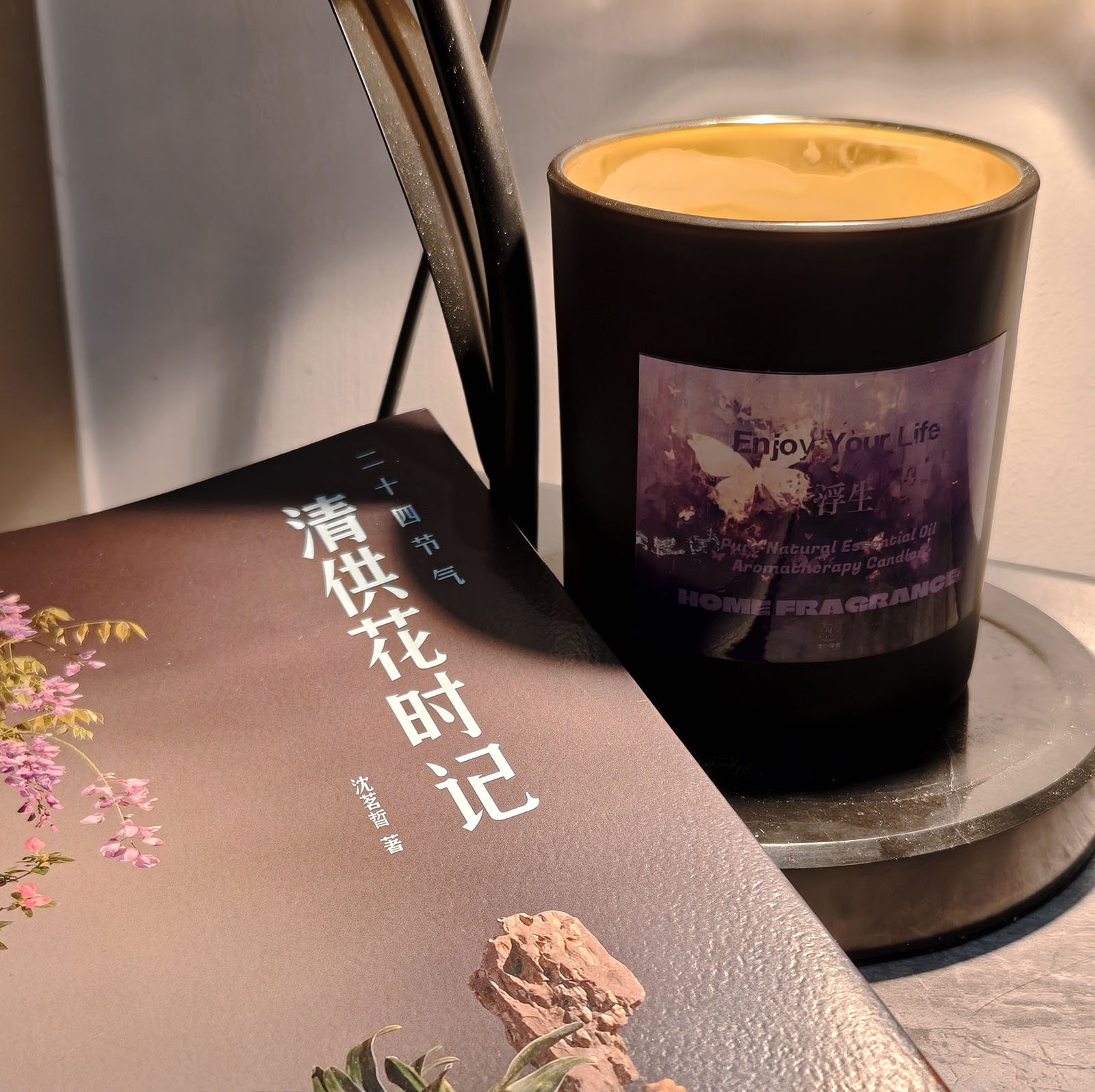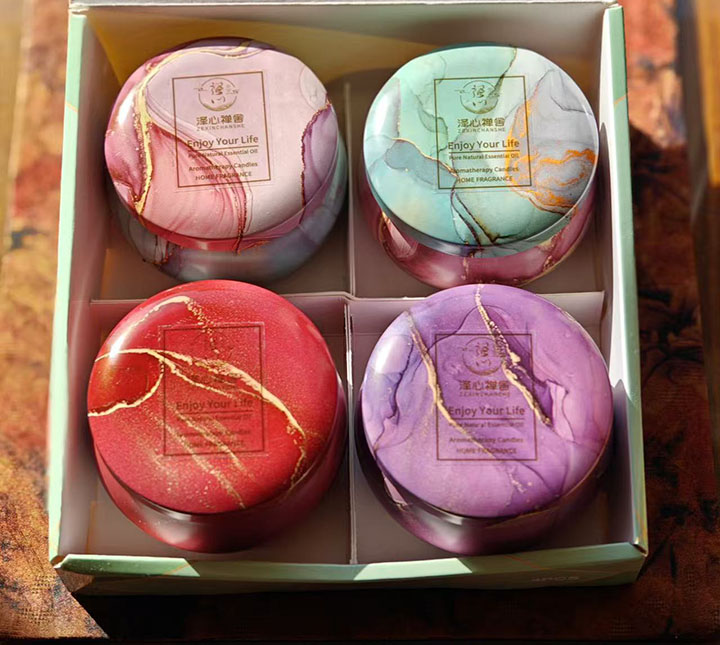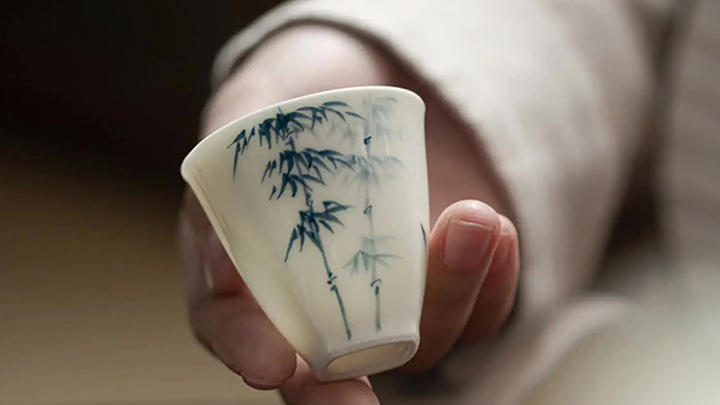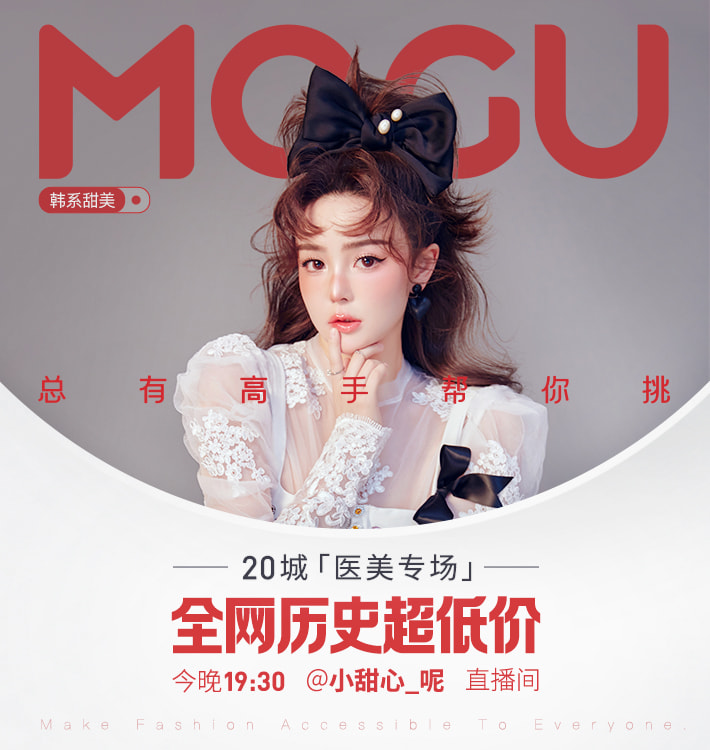Understanding Host and Guest Cups in Ceramic Tea Sets: Traditions and Etiquette
In traditional tea culture, especially within Chinese and Japanese tea ceremonies, the concepts of the "host cup" and "guest cup" hold significant meaning. These cups, crafted with care and attention to aesthetics, reflect the principles of respect, mindfulness, and hospitality. Choosing and using the right cups for the host and guests can elevate the tea experience, honoring both the tea itself and those who partake in it. This article explores the cultural and practical considerations surrounding host and guest cups in ceramic tea sets.
1. Significance of the Host and Guest Cups
The "host cup" and "guest cups" are more than just functional items; they embody the spirit of sharing and etiquette that tea culture promotes. The host cup, typically reserved for the person serving the tea, is often more distinct or slightly larger, symbolizing the role of the host in creating a welcoming environment. The guest cups, on the other hand, are usually of a unified size and design, emphasizing equality among guests and a shared tea experience.
2. Choosing the Right Cup Design and Size
Traditionally, the host cup may stand out subtly in design, size, or detail. This can be a larger or more ornate cup that represents the host’s role in guiding the tea ceremony. However, the distinction should not be overly dramatic; subtlety is key in tea culture. The guest cups are generally smaller and have uniform design, ensuring that guests feel equally appreciated and involved in the tea experience.
Size also matters when choosing cups. In Chinese tea ceremonies, smaller cups (30-50 ml) are often preferred to allow for multiple infusions of tea, each with a unique flavor profile. For Japanese tea ceremonies, cups are often larger, as the tea (such as matcha) is prepared in single servings. Matching cup sizes for all guests maintains harmony, while a slightly larger host cup highlights the host’s presence without drawing excessive attention.
3. Material and Style of Cups
Ceramic cups are popular for their heat retention and aesthetic appeal. Porcelain cups are often chosen for delicate teas, like green or white tea, that require a lighter cup to appreciate the tea's color. Stoneware cups, with their thicker walls, are ideal for richer teas like oolong or pu-erh, as they retain heat well.
The style of the cups should match the ambiance of the gathering. For a formal setting, elegant porcelain or celadon cups are suitable, whereas a rustic setting may call for stoneware cups that emphasize simplicity and natural beauty. The host's cup may have a distinct glaze or design, subtly signaling their role without overshadowing the guest cups.
4. Positioning and Serving Etiquette
The way cups are positioned and served is an essential part of tea etiquette. Traditionally, the host's cup is placed separately from the guest cups, often closest to the teapot to signify the host’s role in the ceremony. The guest cups are placed together, symbolizing unity and shared experience.
When serving tea, the host pours tea for the guests first before pouring into their own cup. This gesture embodies respect and selflessness, allowing guests to enjoy the tea at its freshest. The host should also refill the guest cups regularly, being attentive to each guest’s needs.
5. Symbolism of Equality and Respect
Tea culture places great emphasis on respect and mindfulness. The uniformity of the guest cups represents equality, as all guests are treated with the same level of regard. Using different cups for the host and guests is a way to differentiate roles without suggesting hierarchy. This distinction, when done tastefully, enhances the tea ceremony’s sense of connection and balance.
6. Selecting a Set That Reflects the Occasion
For casual gatherings, it’s common to use similar cups for both the host and guests, keeping the experience simple and relaxed. In more formal settings, however, choosing a distinct host cup adds an air of elegance and tradition. The host cup should not overpower the guest cups; a balanced set allows all participants to feel included while subtly highlighting the role of the host.
Final Thoughts
Host and guest cups in ceramic tea sets carry cultural significance that goes beyond their appearance. They embody the values of respect, equality, and shared experience that lie at the heart of tea culture. By selecting and using these cups thoughtfully, hosts can create a harmonious tea experience that honors both the tea and those who partake in it. The right choice of cups adds depth and meaning to the tea ceremony, making each sip an experience of connection and mindfulness.






